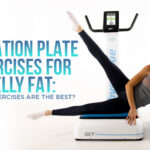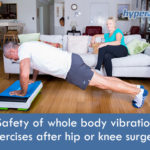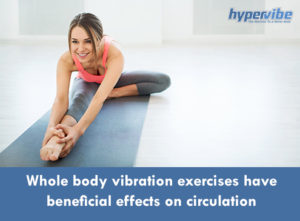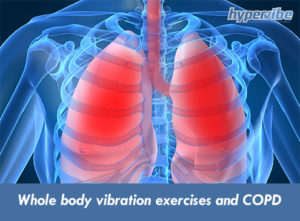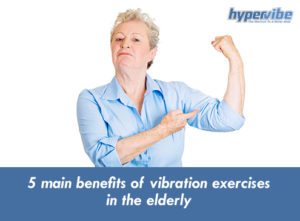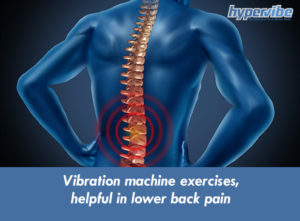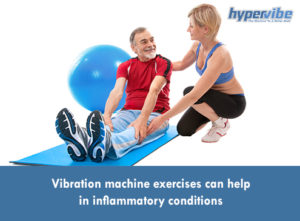Safety of WBV Exercises After Hip or Knee Surgery

Whole body vibration exercises may not seem the safest choice after hip or knee surgery, but studies show this form of training is actually beneficial for people recovering from such an intervention.
Originally regarded as a fitness tool, vibration machines are now widely used in rehabilitation and recovery programs, the great majority of studies focusing on the health effects of WBV, and not on the fitness and beauty applications.
Whole body vibration exercises, safe after hip surgery
Hip replacement surgery was initially listed among the contraindications of vibration training, as there weren’t enough studies to support the safety of this form of training in people recovering from hip surgery. However, researchers from the Oregon State University in Corvallis conducted a randomised trial in 2009 and showed that 24 weeks of vibration exercises as part of a rehabilitation protocol after hip replacement surgery could significantly improve functional performance, speeding up the recovery.
27 patients with an average age of 68 years participated in this study and were randomly assigned to either a whole body vibration or a control group. The WBV group outperformed the patients who did the same exercises without being exposed to vibration waves.
Both groups experienced improvements in bone mineral density and body composition, scientists showing that whole body vibration machines can be effective in strengthening bones and slowing down fat acquisition.
In both groups, the length of workouts varied between 60 and 75 minutes, with patients performing two workout sessions per week. The protocol included basic movements like squats, lunges, hip abductions, adductions, step-ups, step-downs, and wall sits. Treadmill walking was also added to the rehabilitation program.
The effectiveness of vibration therapy in patients recovering from hip replacement surgery is given not only by the muscle and bone stimulation but also by the increase in circulation, all these working together to accelerate the recovery.
People with knee surgery can exercise on vibration machines
Just like hip replacement surgery, knee surgery was also considered a contraindication for whole body vibration training, but research found this form of training to be a safe and convenient alternative to conventional rehabilitation exercises. Scientists from Germany investigated the effects of WBV in patients with anterior cruciate ligament reconstruction, showing that vibration machine movements can speed up the recovery.
40 patients recovering from ACL were enrolled in this study, being randomly assigned to either a control or a WBV group. The control group performed standard rehabilitation exercises, while the WBV group did vibration exercises. The protocols started 2 weeks after the surgery, measurements being performed in week 2, 5, 8 and 11 post-surgery.
Scientists found that patients assigned to the WBV group exercised for half the time of the conventional rehabilitation group. Those who performed vibration movements showed significantly better results in the stability test, so researchers concluded that whole body vibration can be time-effective replacement for conventional rehabilitation programs after ACL surgery.
Have something to add to this article? Comment below or join our Facebook community and share your thoughts with us.
If you’re not familiar with whole body vibration yet, check out the complete WBV series or take a look at the video below, to understand how WBV works.



